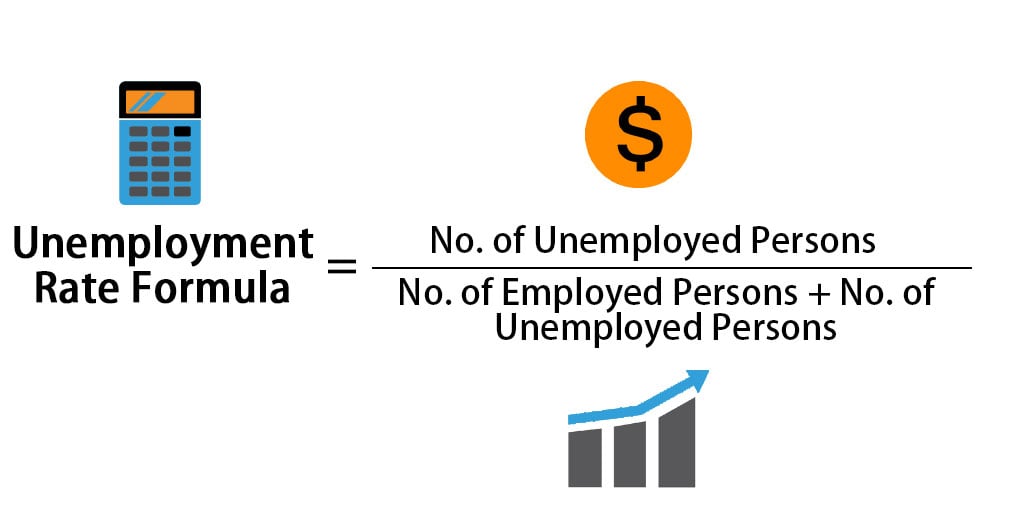
The most common causes of labor variances are changes in employee skills, supervision, production methods capabilities and tools. Labor costs are one of the highest expenses that most businesses contend with. Once you’ve identified your cost and how it applies to your rate of production, you can tweak any number of variables and procedures within your business to achieve the result you’re after.
Labor Costing FAQs
The reason is that the highly experienced workers can generally be hired only at expensive wage rates. If, on the other hand, less experienced workers are assigned the complex tasks that require higher level of expertise, a favorable labor rate variance may occur. However, these workers may cause the quality issues due to lack of expertise and inflate the firm’s internal failure costs. In order to keep the overall direct labor cost inline with standards while maintaining the output quality, it is much important to assign right tasks to right workers. During June 2022, Bright Company’s workers worked for 450 hours to manufacture 180 units of finished product. The standard direct labor rate was set at $5.60 per hour but the direct labor workers were actually paid at a rate of $5.40 per hour.
How Is Labor Cost Calculated?

If labor expenses go unchecked, they can get out of hand and significantly impact your bottom line. The effective labor rate is a way for businesses to figure out how much money they make from the work their employees do. It’s calculated by dividing the total amount of money made from selling labor by the number of hours that were worked or billed. You cannot do much about reducing most of the additional labor costs, such as payroll taxes and benefits.
How does Mosaic simplify labor cost tracking?
Tracking your company’s labor cost percentage is the key to solid business management and growth. This key metric displays the overall labor cost as a proportion of gross sales, comparing your total labor costs against your revenue. Hitech manufacturing company is highly labor intensive and uses standard costing system. The standard time to manufacture a product at Hitech is 2.5 direct labor hours. Now, you can personalize the calculation based on your company’s total compensation policy by adding additional expenses and employee benefits.
Tracking your workers’ hours is the key to paying them appropriately and staying compliant with legal regulations. To calculate the actual labor cost for a particular employee, we will need to take into account all expenses that allow an employee to perform their job. When we multiply the annual number of hours Robert works by the gross hourly rate of $17, we determine his gross yearly wage is $35,360. Regularly monitoring your company’s effective labor rate offers several benefits. If you’re ready to take your internal operations to the next level, Hourly can help. Our platform combines the top features that you need in your day-to-day business management.
That number tells you that when you’ve factored in all the other employee expenses, you’re paying your employee $22.80 per hour to produce widgets. Data-driven analytical tools monitor performance and productivity to help you understand employee output, scheduling, and workload. Organizational knowledge contributes to various improvement efforts, whether optimizing labor resources, developing new hiring strategies, or identifying budgetary pain points.
In this case, your Labor Cost per Service would be $45, which means it costs your company $45 to complete a specific service. Companies can optimize their resource allocation 3 5 notes receivable financial and managerial accounting by identifying areas where fixed labor cost can be better managed. This may involve restructuring teams, implementing training programs, or adjusting compensation structures.
- Sling really is the turnkey solution for all your scheduling and direct-labor-cost-management needs.
- If your company offers training and development opportunities to its employees, it can also impact labor costs.
- Download our template, name your file, and start crunching numbers.
Next, we must determine the total labor costs of the employees working those hours. In the auditing example, one auditor could be a senior team member with a higher salary, payroll taxes, and benefit costs than the two junior members. Each team member’s costs should be calculated independently and then added together to get the correct total. Direct labor rate variance is equal to the difference between actual hourly rate and standard hourly rate multiplied by the actual hours worked during the period.
Sling even lets you optimize labor costs by setting wages per employee or position so you can see how much each shift will cost you in real time. But when an employee doesn’t show up for work, that often means someone else has to work overtime to cover their shift, which leads to an increase in direct labor cost. Since salaried employees aren’t paid by the hour, absenteeism doesn’t directly impact their labor costs. In this system, a standard time is determined, and if a worker saves time by finishing a job earlier, he is paid a bonus of 30%, plus wages for the actual time spent on the job.
